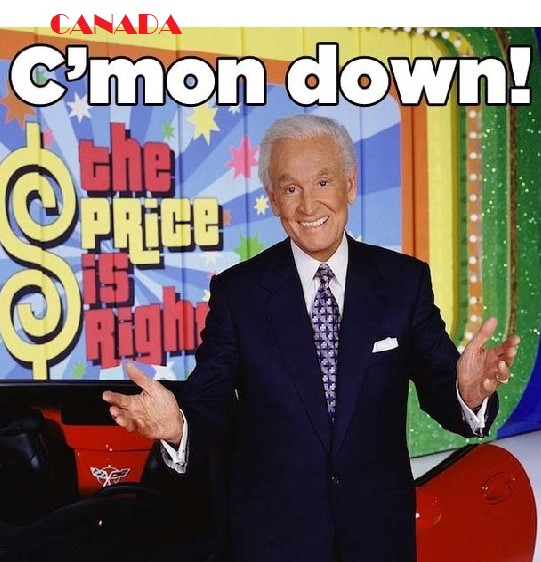
By Michael O’Neill
They did it again.
The Fed hiked interest rates by 75 bps.
The target range is 3.0-3.25% as of September 21.
It was a well-telegraphed move and not a surprise to markets which explains why Wall Street equities rallied, and the US dollar retreated in the immediate aftermath.
As usual, the devil was in the details, and it didn’t take traders too long to realize the details were hawkish.
Within an hour, the S&P 500 made a new session low, and the US dollar resumed its uptrend.
The FOMC believes the US economy is well-positioned to withstand higher rates noting that “Recent indicators point to modest growth in spending and production. Job gains have been robust in recent months, and the unemployment rate has remained low.”
The Fed is focused on bringing inflation down to its 2.0% target level and said that “ongoing (rate) increases will be appropriate.”
The Summary of Projections dot-plot graph indicates rates will be at 4.5% by the end of the year, about 100 bps higher than the FOMC projected in June. The rate hikes will continue during 2023, peaking around 4.75% before starting to fall in 2024.
The FOMC projections slashed 2022 growth estimates to 0.2% from 1.7% in June and the 2023 estimate to 1.2% from 1.7%. Inflation is upgraded to 5.4% from 5.2% in 2022 the dropping to 2.8% y/y in 2023 (previously 2.6%)
In his post-FOMC press conference, Fed Chair Jerome Powell said, “I want to start here by saying my main message has not changed at all since Jackson Hole.”
That’s the speech when he said, “The Federal Open Market Committee’s (FOMC) overarching focus right now is to bring inflation back down to our 2 percent goal. Price stability is the responsibility of the Federal Reserve and serves as the bedrock of our economy. Without price stability, the economy does not work for anyone. In particular, without price stability, we will not achieve a sustained period of strong labor market conditions that benefit all.
The bottom line is US rates are going a lot higher and then will stay elevated far longer than previously expected.
One senior politician, Democrat Elizabeth Warren, wasn’t happy with the outcome of the FOMC meeting.
She tweeted, “Chair Powell just announced another extreme interest rate hike while forecasting higher unemployment. I’ve been warning that Chair Powell’s Fed would throw millions of Americans out of work — and I fear he’s already on the path to doing so.”
She has a point. The Fed warned that Americans would experience some pain due to its efforts to tame inflation. That pain is in the form of higher unemployment which the FOMC expects to rise to 4.4% in 2023 from 3.7% today. That isn’t a problem unless you are one of the 1.85 million Americans who will get turfed.
Americans aren’t the only ones who will feel pain from the Fed’s actions. Canada, C’mon on down.

Source: CBS/Pinterest
The September 21 Fed rate hike sank the Canadian dollar. USDCAD climbed from a pre-FOMC level of 1.3360 to 1.3465 by the end of the day, and the bias is bullish. The short-term technicals suggest that a decisive breach above 1.3450 opens the door to a test of the July 7 peak of 1.3720.
Canadian and US overnight rates are identical at 3.25%. The next Bank of Canada (BoC) monetary policy meeting isn’t until October 26, leaving the Fed’s monetary policy outlook front and center, leaving the Canadian interest rate outlook on the back-burner.
Fed Powell reaffirmed his commitment to taming inflation by raising rates, while BoC deputy governor Paul Beaudry adopted a different tact.
On September 20, the deputy governor said. “some have suggested that policymakers need to engineer a substantial slowdown-or even a recession-to get inflation back under control.”
He then disputed that view saying, “the best strategy for responding to high inflation needs to consider how people form their inflation expectations. If people understand and believe that the central bank will eventually bring inflation back to target, their expectations will remain “anchored.”
The bank-speak translation reads, “if we say inflation is going lower, people will believe us an inflation will go lower.”
Sound familiar. It should.
Former Liberal Environment Minister described how to convince the public of anything in December 2020 when she said, “If you actually say it louder, we’ve learned in the House of Commons, if you repeat it if you say it louder, if that is your talking point, people will totally believe it.”
The Bank of Canada’s interest rate plans will not be a factor for the next month, leaving USDCAD direction at the whim of global risk sentiment. At the moment, that sentiment is bullish US dollars.
Three four and a little bit more may describe the US rate outlook, while, to paraphrase Chilliwack’s 1974 hit, “He talks crazy talk” describes the Bank of Canada strategy.





